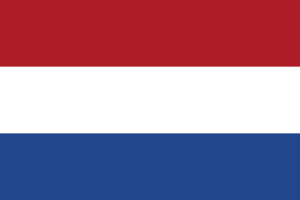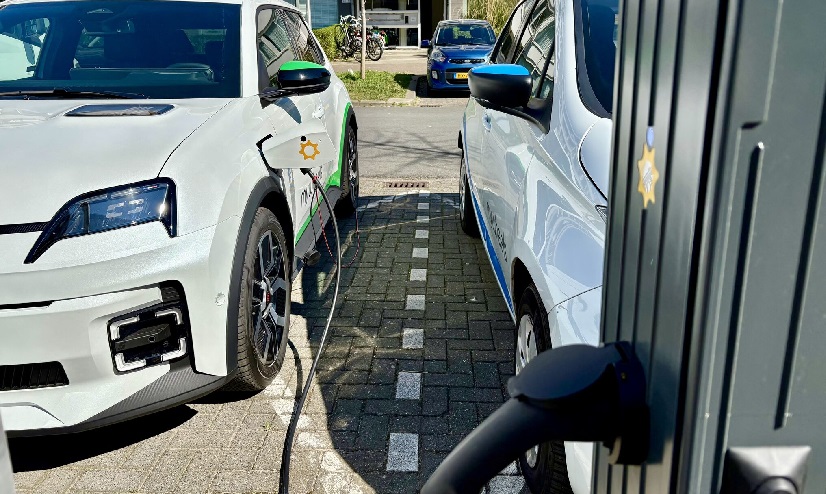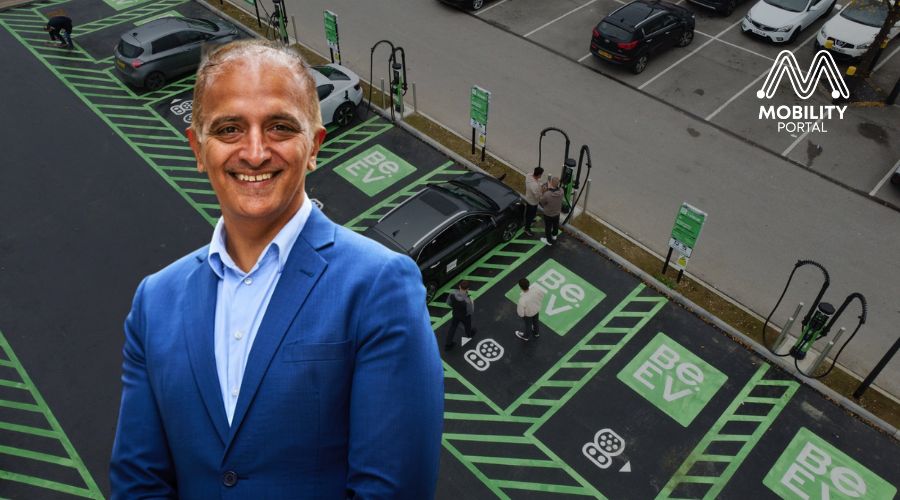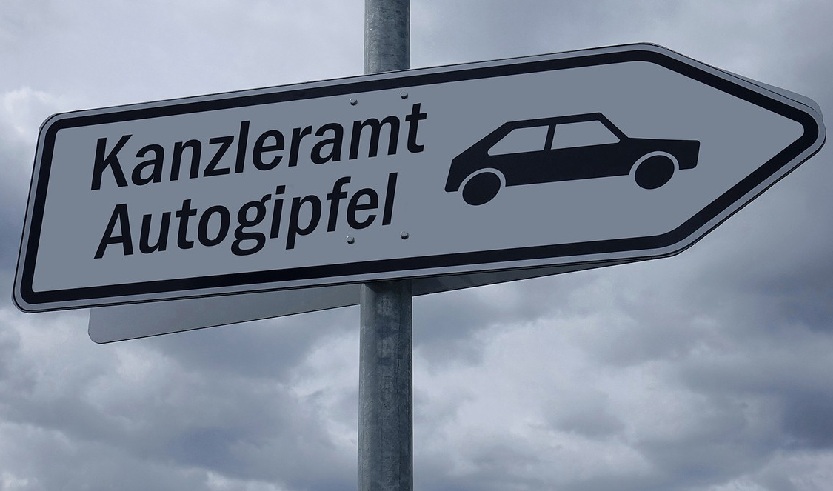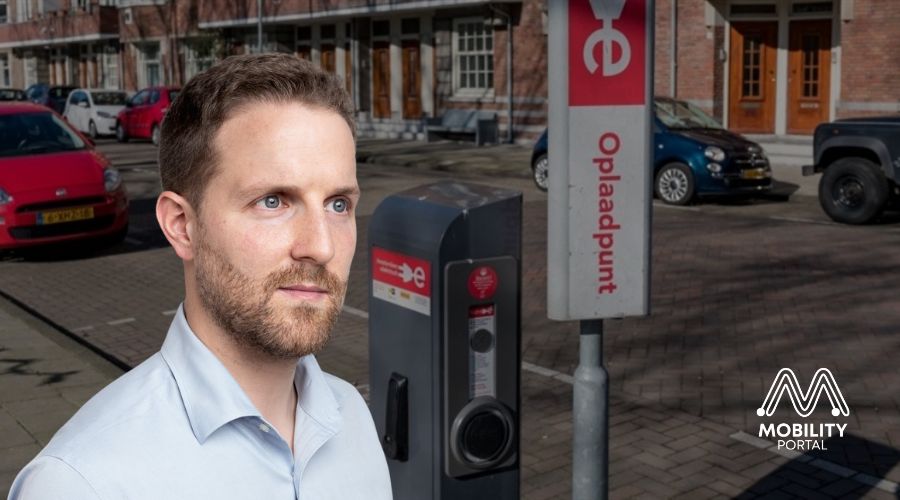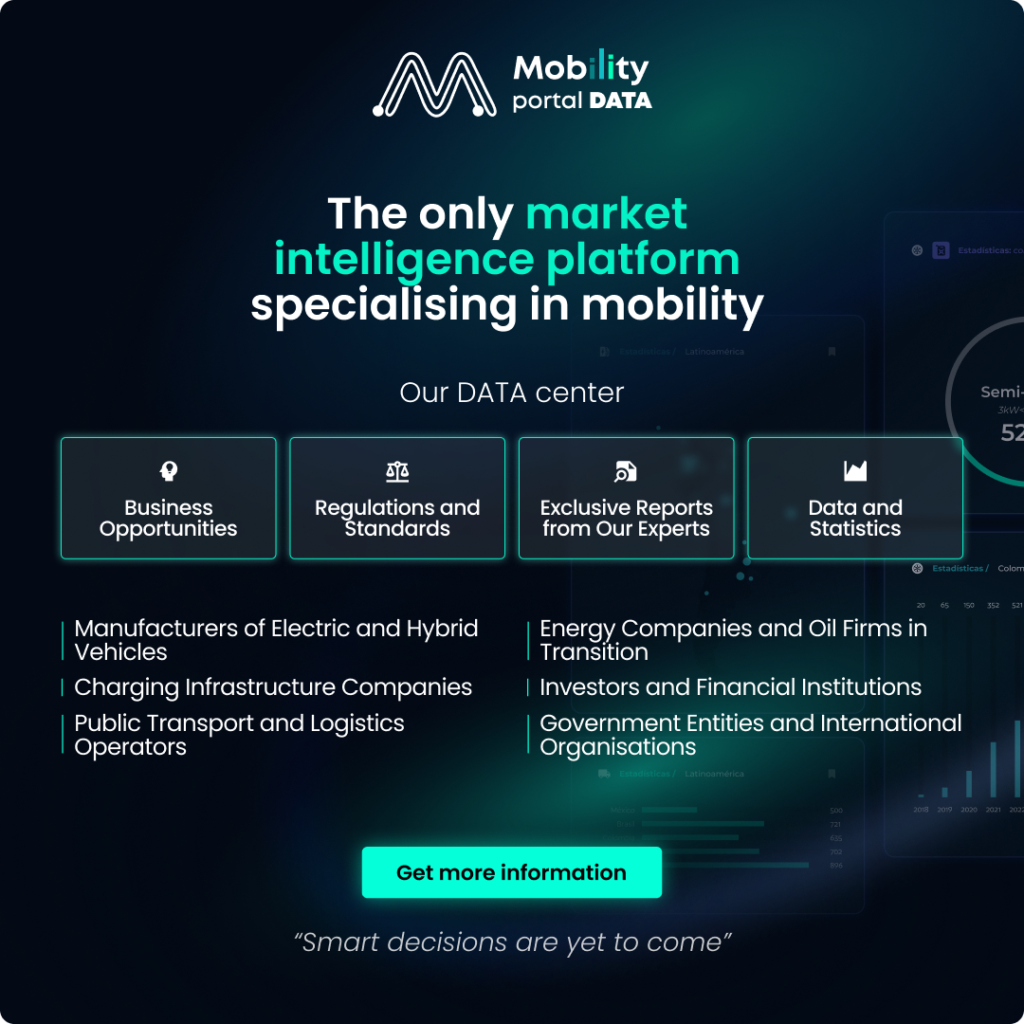The first large-scale car sharing service in Europe using vehicle-to-grid (V2G) technology has recently been launched by We Drive Solar, in collaboration with MyWheels, Renault, and the City of Utrecht, in the Netherlands.
Renault will supply 500 units of its R5 E-Tech, a model equipped with commercial-ready V2G technology, capable of returning electricity to the grid via compatible charging stations.
We Drive Solar is responsible for the alternating current (AC) bidirectional stations involved in the project. The first 60 units were installed in Utrecht during March.

“After a long wait for bidirectional vehicles and chargers, we are now witnessing the first real implementation in Utrecht,” says Jolijn van Dijk, a consultant at EVConsult, in an interview with Mobility Portal Europe.
She adds: “For a long time, the focus was mainly theoretical; it’s exciting to now see it move into practical application.”
Nevertheless, as with all new technologies, several challenges still persist.
“From a technical perspective, communication protocols between vehicles and stations, such as ISO 15118-20, have not yet been widely adopted. This means that not all bidirectional cars can communicate with all chargers,” Van Dijk explains.
“This currently limits large-scale public deployment,” she laments.
It is also worth noting that public bidirectional chargers must meet the highest safety and cybersecurity standards.
As a result, We Drive Solar has invested in what it considers to be the “most resilient AC V2G charger on the market.”
On the regulatory front, Van Dijk points out that double energy taxation remains a significant barrier.
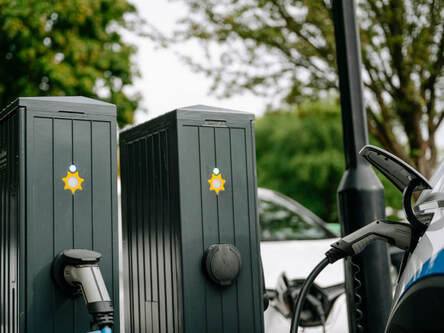
“The main obstacles today are technical interoperability, as well as regulatory and organisational barriers,” she states.
However, she adds: “I’m confident we can overcome these hurdles and unlock the full potential of bidirectional charging.”
She also highlights social challenges, despite the Netherlands having been a pioneer in bidirectional charging research, which has laid a solid foundation for future development.
The consultant acknowledges that the We Drive Solar pilots have brought greater visibility to the technology and helped raise public awareness.
About the We Drive Solar project
We Drive Solar is the first on the market to offer a solution for a local sustainable energy system by using car batteries for the storage and flexible use of renewable energy.
Through the specially developed Solar City charging station, the stored energy can be discharged to homes and the electricity grid.
The first 60 stations have been installed in march in Utrecht, where the company has conducted trials for several years.
Now, with 500 Renault 5 vehicles involved, the project has reached a new scale.
“Our first V2G test was in 2014. Since then, we’ve carried out numerous trials, both small and large,” explains Robin Berg, CEO of We Drive Solar.
“At last, with the R5, we’re able to scale up and implement V2G technology in the Netherlands and across Europe,” he adds.
How can V2G become the standard in the Netherlands?
“Deployment needs to start gradually,” says the consultant.
Furthermore, she highlights that the concept of bidirectional charging, in addition to V2G, encompasses other configurations and use cases that may be applicable.
“Vehicle-to-home (V2H), for instance, involves just one car and one charger, making it far easier to implement compared to public V2G systems, which are more complex in terms of operations,” she explains.
She continues: “By starting with simpler experiences, we can gradually move towards more complex scenarios.”
It’s worth noting that the Netherlands has the highest number of solar panels per capita in the world.
The country is also developing massive offshore wind projects in the North Sea.
As a result, the nation is expected to source over 80% of its electricity from renewable energy by 2025.
To achieve this, large-scale energy storage will be essential.
If this is accomplished through V2G, it will enable access to clean, affordable electricity 24/7.
This could become the blueprint for other countries aiming to expand their solar and wind energy infrastructure — by far the cheapest forms of energy generation.
V2G as a solution to grid congestion
Grid congestion is becoming a growing issue in the Netherlands.
In this regard, bidirectional charging could help ease pressure on the power network, potentially avoiding costly upgrades.
“Our grid has traditionally been very reliable, but peak demand — especially during breakfast and dinner times — is now testing that stability,” Van Dijk states.
“Bidirectional charging offers homes and businesses a backup option during power outages,” she adds.
It also makes it easier to consume 100% green electricity — for example, by storing solar energy generated on-site in electric vehicle batteries.
“They can simply be seen as ‘batteries on wheels’,” she points out.
A key benefit also applies to businesses, which can increase HBE (renewable fuel certificate) revenues or expand operations without requiring a heavier grid connection — often delayed by long waiting lists with the grid operator.
Thanks to bidirectional charging and solar PV, companies can better manage their energy needs using their own EV fleets, creating opportunities for operational growth.
READ MORE
-
Be.EV CEO reveals “selective” growth strategy towards 1,400 charge points
The company prioritises service quality over simply counting units. It also avoids the overbuilding of charging stations. So, what are the upcoming locations — and why does Be.EV steer clear of public tenders?
-
Industry leaders urge Germany to stick to 2035 goal and lead Europe’s E-Mobility shift
Ahead of the Germany’s “Autogipfel” summit on 9 October, company executives call for strengthened climate targets and consistent industrial policies to secure Europe’s competitive edge.
-
From Amsterdam to the rest of Europe: smart public charging with incentives plans expansion
Both the interoperability and the cashback system are unique in the market — and a dedicated team is already working to scale this smart charging initiative.




